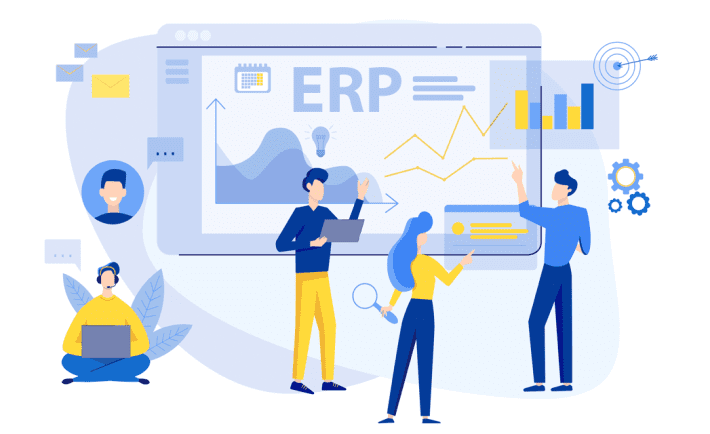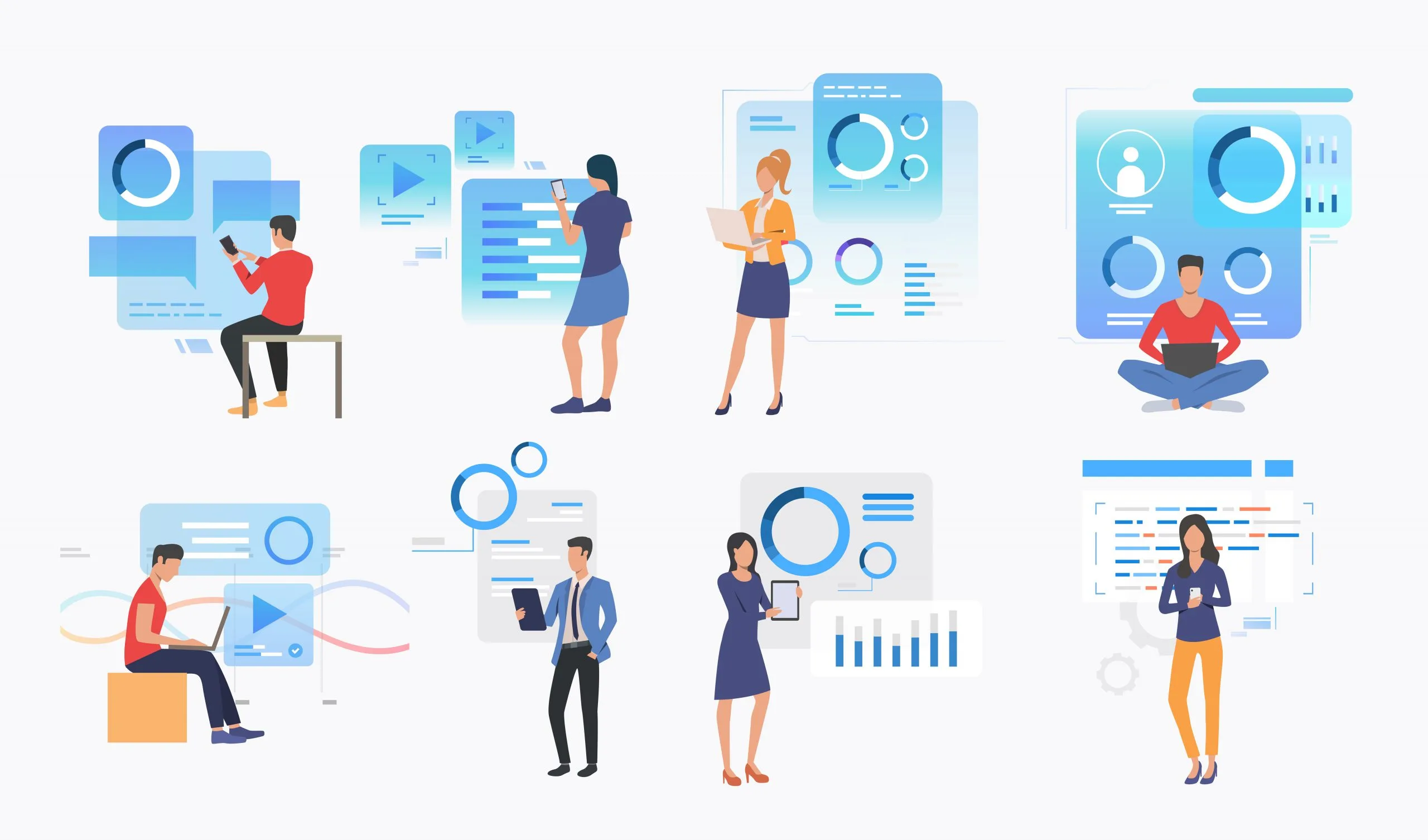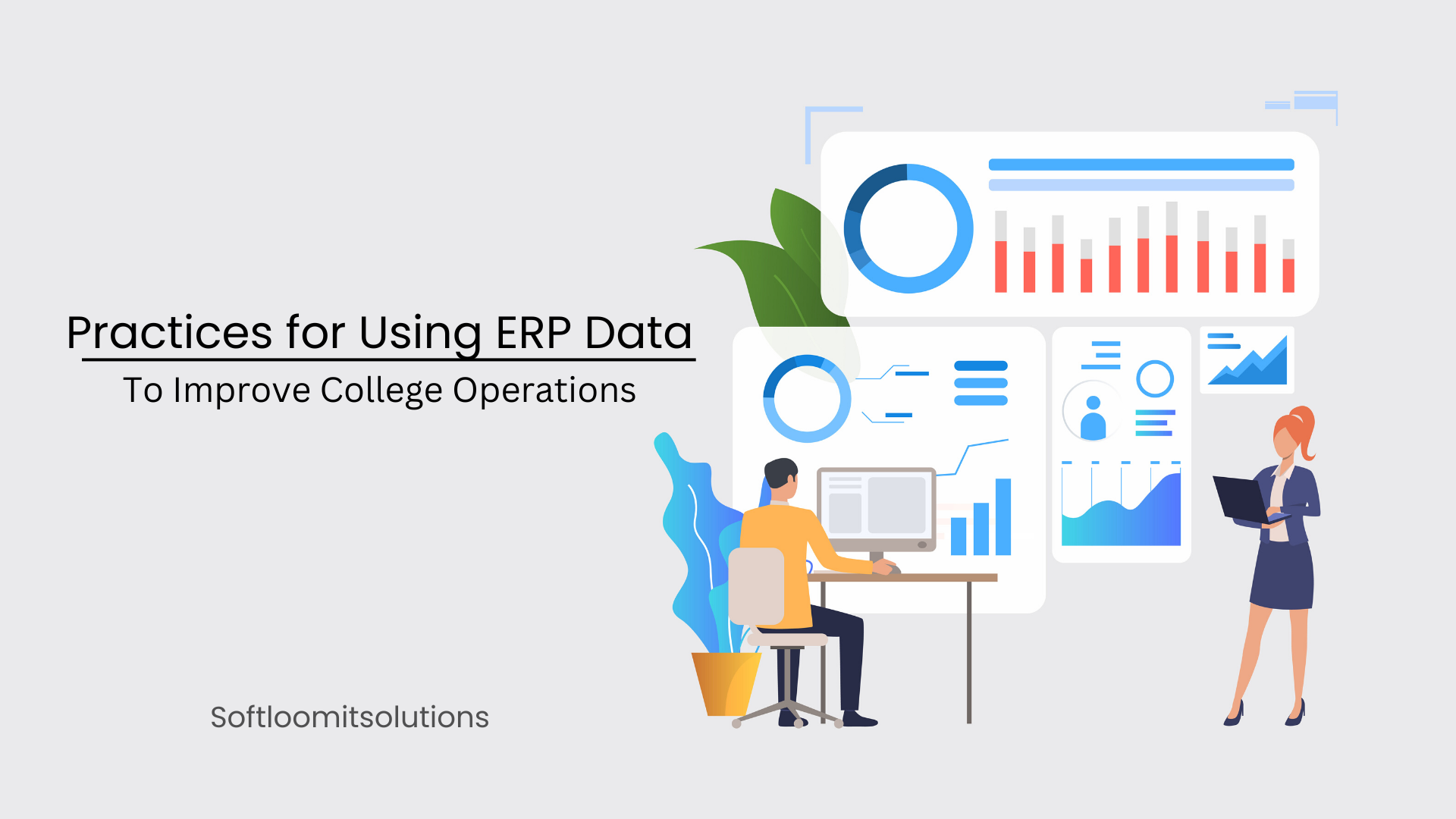The digital era has enabled colleges and universities to implement Enterprise Resource Planning (ERP) systems that streamline operations and improve institutional performance. ERP systems collect vast amounts of data across various departments-admissions, finance, academics, and more. Properly utilizing this data can lead to significant improvements in college operations. Here are best practices for using ERP data to improve higher education operations.
Establish Clear Objectives
A clear objective must be defined before data analysis can begin.. What specific aspects of college operations are you aiming to improve? Whether it’s enhancing student retention, optimizing resource allocation, or improving financial management, having well-defined goals will guide your data analysis and ensure that your efforts are aligned with institutional priorities.
Ensure Data Accuracy and Integrity

Accurate and reliable data is the foundation of effective ERP utilization. Ensure that data validation processes are rigorous to minimize errors. Regularly audit your data for inconsistencies and ensure that it is up-to-date. Accurate data not only enhances decision-making but also fosters trust in the information being used across departments.
Utilize Advanced Data Analytics
Leverage advanced analytics tools within your ERP system to gain deeper insights. Predictive analytics can help forecast student enrollment trends, financial performance, and resource needs. By analyzing historical data and identifying patterns, you can make informed decisions and anticipate future challenges.
Integrate Data Across Departments
One of the key advantages of an ERP system is its ability to integrate data from various departments. Ensure that data integration is seamless so that information flows smoothly between admissions, finance, academic affairs, and other departments. This holistic view enables more comprehensive analysis and helps in creating unified strategies for institutional improvement.
Create Customized Dashboards
Dashboards offer a visual representation of data, making it easier to interpret and act upon. Customize dashboards to display key performance indicators (KPIs) relevant to your objectives. For example, create separate dashboards for student enrollment metrics, financial health, and faculty performance. Custom dashboards provide quick access to critical data and facilitate real-time decision-making.
Encourage Data-Driven Decision Making
Ensure that your institution is able to make data-driven decisions. Encourage faculty, administrators, and staff to utilize ERP data in their daily operations and strategic planning. Provide training sessions to enhance data literacy and ensure that all stakeholders understand how to interpret and use ERP data effectively.
Monitor and Evaluate Performance Metrics
Regularly monitor performance metrics and compare them against your established goals. Use ERP data to track progress, identify areas of improvement, and adjust strategies as needed. For instance, if data reveals declining student retention rates, investigate the underlying causes and implement targeted interventions.
Foster Collaboration Through Data Sharing
Facilitate collaboration by sharing relevant data across departments. For example, admissions data can provide valuable insights for academic departments to plan course offerings and resource allocation. Regular inter-departmental meetings to discuss data findings can foster a collaborative approach to problem-solving and enhance overall operational efficiency.
Ensure Data Security and Compliance
Keeping sensitive information secure and compliant is crucial. Implement robust security measures to protect ERP data from unauthorized access. Ensure that your data handling practices comply with relevant regulations, such as GDPR or FERPA. Regularly update security protocols and conduct vulnerability assessments to safeguard institutional data.
Leverage Data for Strategic Planning

Use ERP data to inform strategic planning and decision-making processes. For example, analyze financial data to create long-term budget plans or use student performance data to develop targeted academic programs. Data-driven strategic planning helps align institutional goals with operational practices and enhances overall effectiveness.
Promote Continuous Improvement
ERP data should be used as a tool for continuous improvement. Regularly review data insights and assess the impact of implemented strategies. Solicit feedback from stakeholders to identify areas for refinement and make necessary adjustments. A commitment to continuous improvement ensures that your college remains adaptive and responsive to changing needs and challenges.
Invest in Training and Support
Invest in ongoing training and support for staff who interact with the ERP system. Ensure that users are familiar with the latest features and capabilities of the software. Provide resources and support to help them effectively utilize ERP data for their specific roles and responsibilities.
Conclusion
Utilizing ERP data effectively can transform college operations, leading to improved efficiency, better decision-making, and enhanced institutional performance. By following these best practices-establishing clear objectives, ensuring data accuracy, leveraging advanced analytics, and fostering a culture of data-driven decision-making, you can harness the full potential of your College ERP system. As colleges continue to navigate the complexities of higher education, ERP data will remain a critical asset in driving operational excellence and achieving institutional goals.






